Stages Of Self Isolation Acceptence II
Price range: €153.00 through €1,070.00
- All limited edition prints are printed on archival paper and are signed and numbered by the artist.
- Custom sizing is available outside of our standard sizing. Please contact us for a custom quote.
- Almost all images are available in three Types of Prints and frames LX art frame, ORB and NYC Acrylic
- LX ART FRAME
- is a beautiful fine art print on pro ‘rag’ paper which is a beautiful fine art paper. The print has deckled (torn) edges and appears to be floating within a solid wood frame. There’s a huge choice of wood stains so you can choose the finish to suit you.
- NYC ACRYLIC
- A stunning perspex frame that suspends the image. Bold and modern.The Clear Perspex® framing is 5mm thick and contains a UV filter to minimize glare. The image is printed on a unique gloss photographic paper to give amazing definition and print quality. The print is bonded onto white backing using a premium UK made Fine Art adhesive that seals and protects the image The print is then sealed with a 1mm PVC backing and an aluminum subframe is applied that suspends the perspex frame away from the wall. As the image is fully protected from heat and moisture, our perspex frames are a great choice for bathrooms and kitchens. Certified for 100+ years
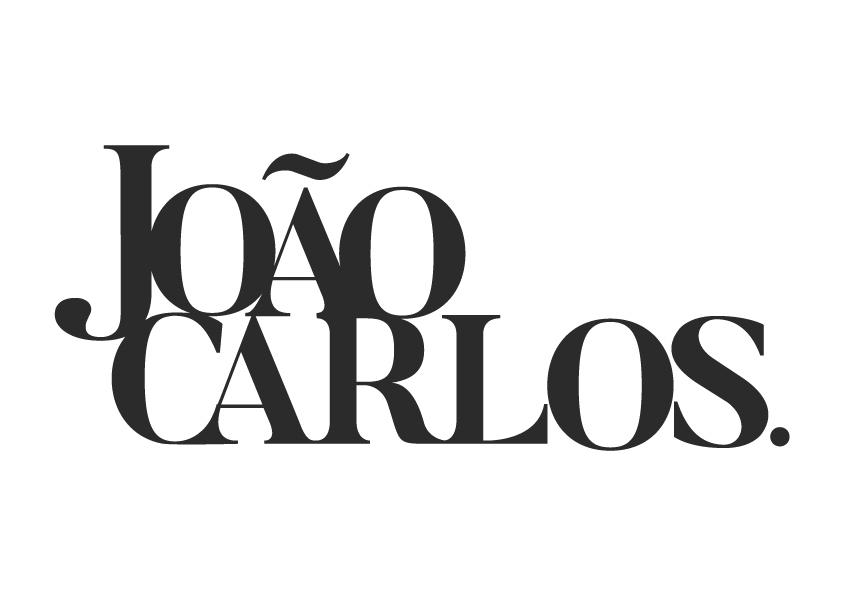
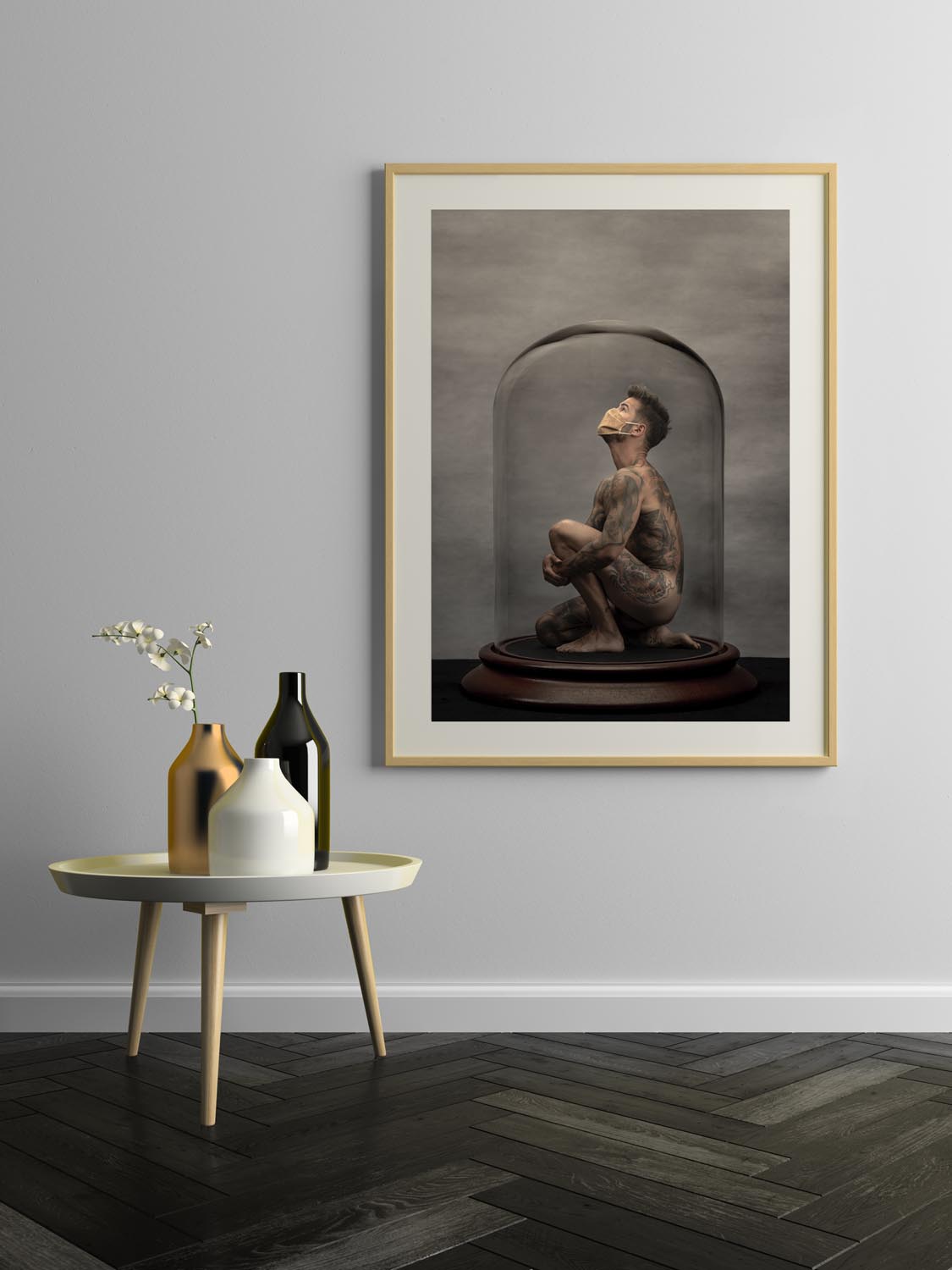

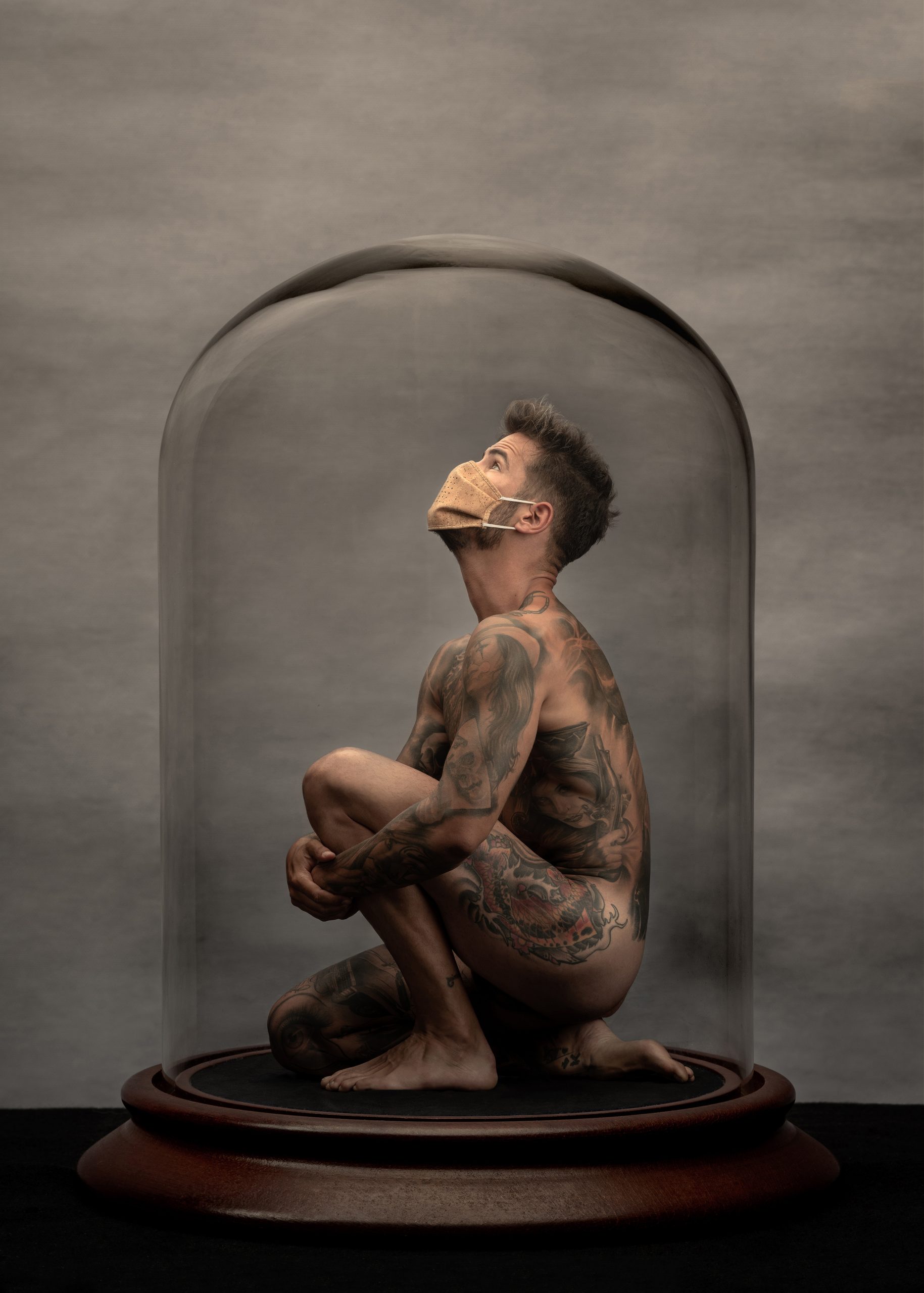





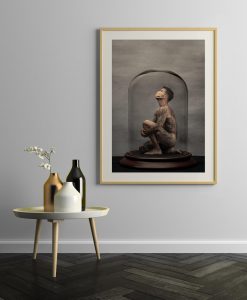


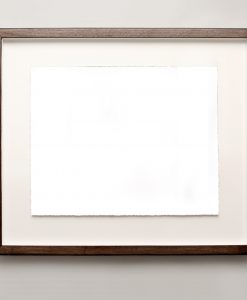







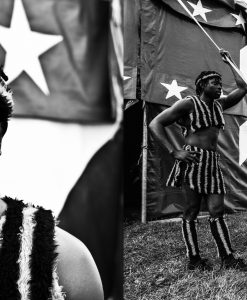



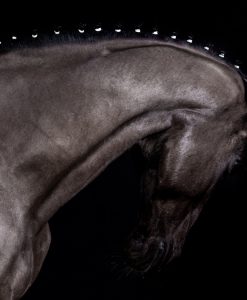
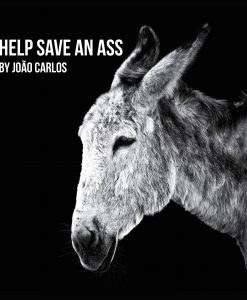


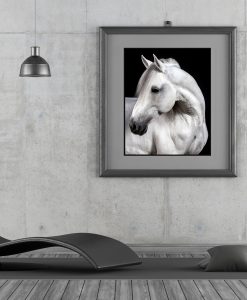



Reviews
There are no reviews yet.